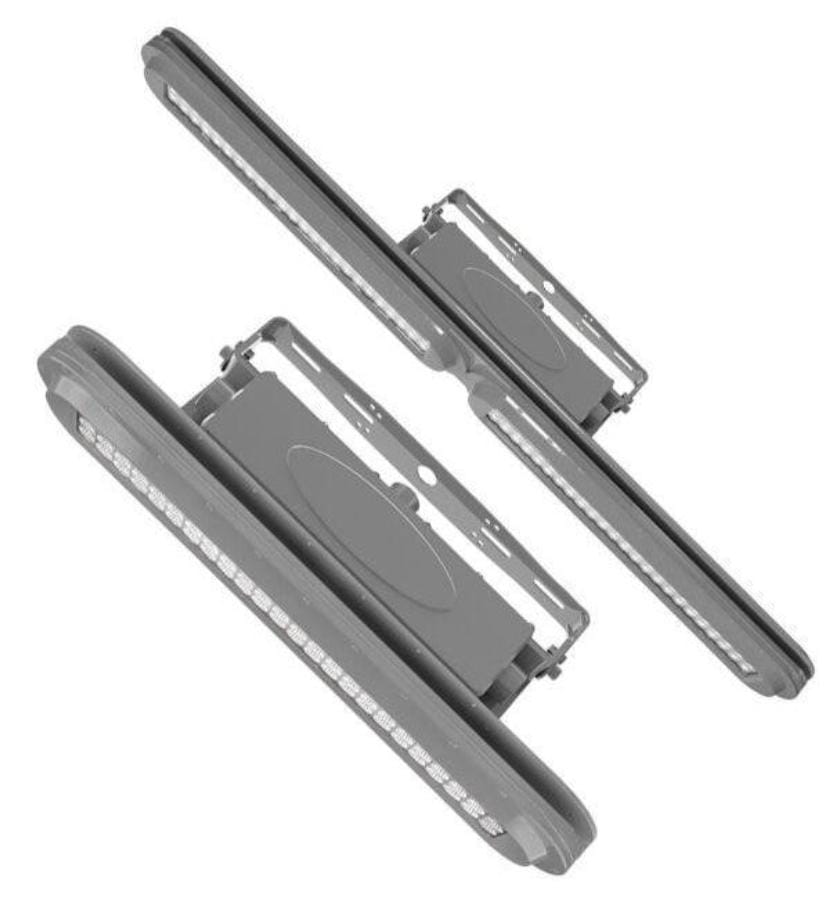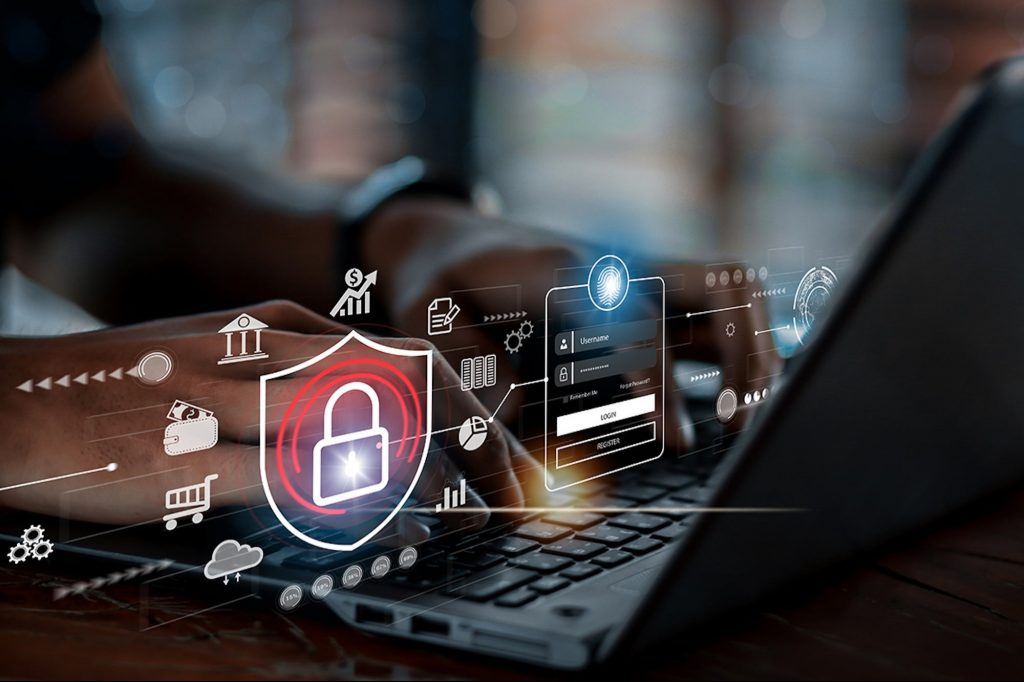When operating in hazardous environments, such as chemical plants, oil refineries, or grain processing facilities, selecting the right explosion-proof light fixture is crucial for ensuring a safe working environment. The primary goal is to ensure safety by preventing any ignition of potentially explosive atmospheres. However, beyond safety, the choice of lighting also impacts efficiency and operational effectiveness. This blog post will guide you through key considerations to help you choose the best explosion-proof light fixtures for your facility, balancing safety with efficiency and performance.
Understanding Explosion-Proof Lighting
Explosion-proof lighting is specially designed to operate safely in environments where explosive gasses, vapors, or dust are present. These fixtures are built to contain any internal explosion and prevent it from igniting the hazardous atmosphere outside. Their design must adhere to strict safety standards, ensuring they can withstand the conditions specific to hazardous areas.
Choosing the right fixture involves more than just meeting safety regulations; it requires evaluating how well the fixture integrates into your operational setup while providing reliable and efficient lighting.
Key Considerations for Choosing Explosion-Proof Light Fixtures
Compliance with Safety Standards
The foremost factor before you get an explosion proof light fixture is compliance with safety standards. Different regions have their regulatory frameworks:
- In the United States, the National Electrical Code (NEC) outlines requirements for explosion-proof lighting, and fixtures should be UL-listed with certifications such as UL 844 for hazardous locations.
Ensuring compliance with these regulations is crucial to guarantee that your fixtures have been rigorously tested and are safe for use in your facility.
Type of Explosion Protection
Explosion-proof light fixtures come with different types of protection suited to various hazardous environments. Understanding these types helps in selecting the most appropriate fixture for your specific needs:
- Flameproof (Ex d): These fixtures feature an enclosure designed to contain and cool any internal explosion, preventing it from igniting the external atmosphere. They are suitable for highly explosive environments where there is a significant risk of explosion.
- Increased Safety (Ex e): Increased safety fixtures are designed to reduce the risk of ignition through enhanced construction that prevents overheating and reduces the likelihood of sparks. They are appropriate for areas where explosive atmospheres are less frequent but still possible.
- Intrinsic Safety (Ex i): These fixtures are designed for low-energy circuits to prevent ignition by limiting the energy that can be released. They are ideal for less severe explosive conditions where lower energy levels are present.
Choosing the right type of explosion protection is essential for ensuring that the fixture provides adequate safety in your facility’s specific hazardous environment.
Lighting Performance and Efficiency
Beyond safety, the performance and efficiency of the lighting fixture will impact daily operations. Consider the following aspects:
- Lumens Output: Adequate lighting is essential for safe and effective operations. Check the fixture’s lumens output to ensure it provides sufficient illumination for the tasks performed in the area.
- Color Temperature: The color temperature affects visibility and comfort. Cooler temperatures (above 4000K) are often preferred for tasks requiring high visibility and precision, while warmer temperatures (below 3000K) may be suitable for general lighting.
- Energy Efficiency: LED fixtures are highly recommended due to their energy efficiency and longer lifespan compared to traditional lighting options. Energy-efficient fixtures reduce electricity consumption and lower maintenance costs, offering long-term savings.
Selecting fixtures that offer both high performance and energy efficiency will enhance operational effectiveness while reducing overall costs.
Durability and Maintenance
Explosion-proof fixtures must be robust enough to withstand harsh conditions, including temperature extremes, vibrations, and corrosive environments. Consider these factors:
- Material Construction: Choose fixtures made from durable materials such as aluminum or stainless steel, which can resist corrosion and physical damage. The fixture’s construction should be robust enough to handle your facility’s environmental conditions.
- Maintenance Requirements: Opt for fixtures that are easy to maintain and clean. Look for designs that allow for straightforward bulb replacement and minimal downtime. Regular maintenance is essential for ensuring that the fixtures continue to operate safely and efficiently.
Investing in durable fixtures reduces the need for frequent replacements and maintenance, leading to more reliable operation and lower long-term costs.
Installation and Compatibility
Proper installation is key to ensuring that explosion-proof light fixtures operate effectively and safely. Consider the following:
- Mounting Options: Ensure that the fixtures can be securely mounted in the required locations, whether on walls, ceilings, or other surfaces. The installation method should be compatible with your facility’s infrastructure.
- Electrical Compatibility: Verify that the fixtures are compatible with your facility’s electrical systems. Check voltage requirements, wiring configurations, and other electrical specifications to ensure proper integration.
Working with a professional installer familiar with explosion-proof lighting can help ensure that the fixtures are installed correctly and comply with safety standards.
Conclusion
Choosing the best explosion-proof light fixtures for your facility involves a careful balance of safety, performance, and efficiency. By ensuring compliance with safety standards, selecting the appropriate type of explosion protection, considering lighting performance and efficiency, evaluating durability and maintenance needs, and ensuring proper installation and compatibility, you can make an informed decision that enhances both safety and operational effectiveness.
Investing in high-quality explosion-proof lighting not only meets regulatory requirements but also provides reliable illumination, reduces operational costs, and ensures a safer working environment. Prioritize these factors to achieve optimal performance and safety in your hazardous facility.










